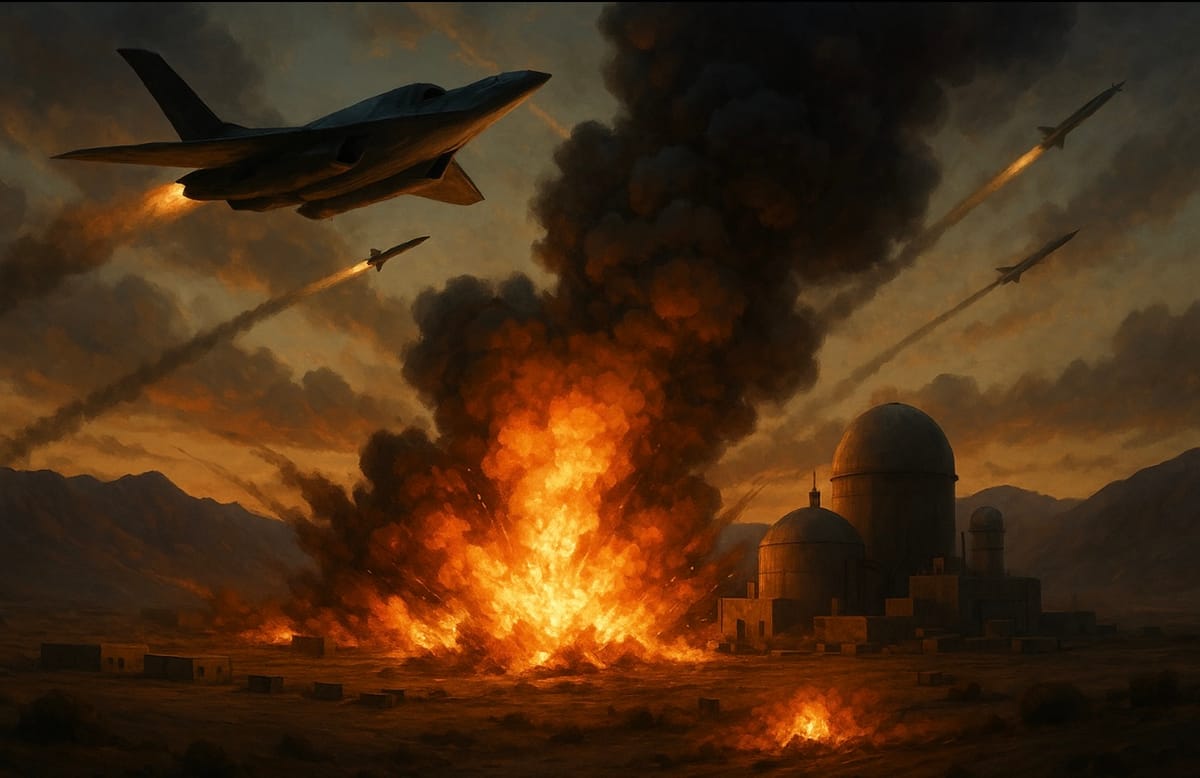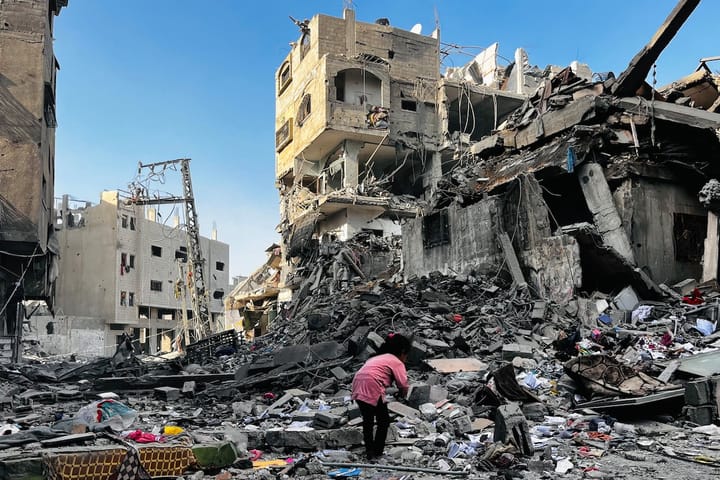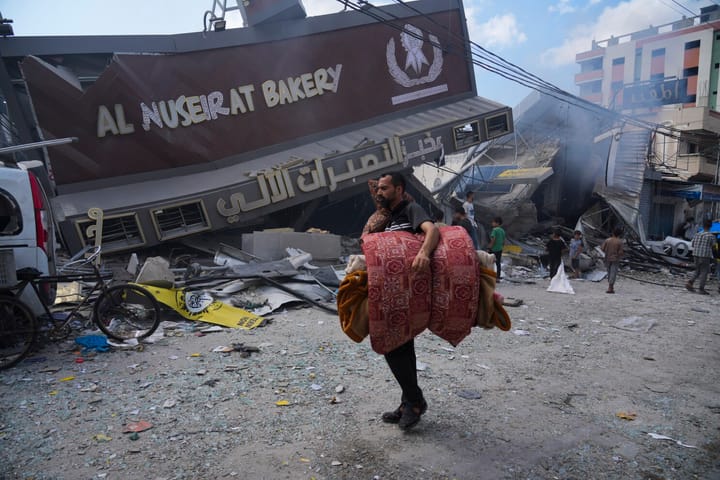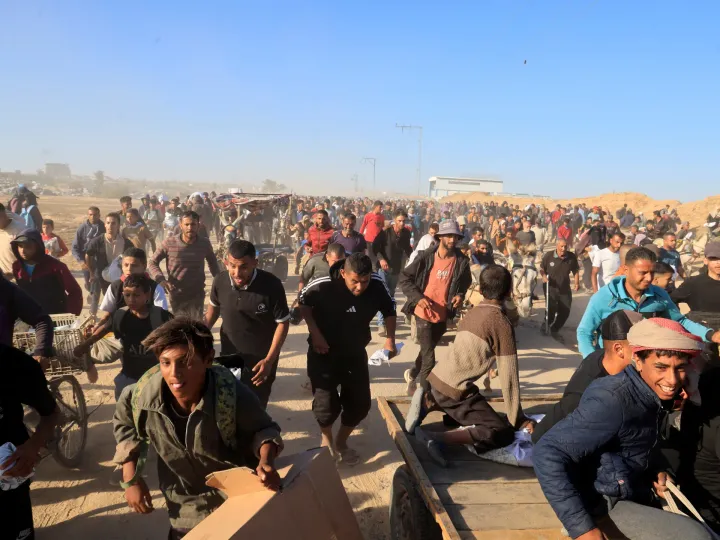US and Israel Strike Iran’s Nuclear Sites, World on Edge
US and Israel launched attacks on three Iranian nuclear sites, sparking missile retaliation and escalating conflict in the Middle East.

A massive joint strike by the United States and Israel on Iran’s main nuclear sites Friday night marked a dramatic escalation in regional conflict that has sent shockwaves across the globe. President Trump publicly declared the operation a “total destruction mission” against Iran’s nuclear program. Tensions quickly spilled over into Tel Aviv, leaving casualties and raising global fears of a new humanitarian crisis.
US and Israeli Strikes on Iran’s Nuclear Facilities
The air and missile strikes simultaneously targeted three key nuclear facilities: Fordow, Natanz, and Isfahan. According to the Pentagon, the attacks utilized B-2 bombers, Tomahawk cruise missiles, and bunker-buster Massive Ordnance Penetrator (MOP) bombs to “cripple” Iran’s nuclear infrastructure. President Trump described the operation as “highly successful” and claimed that Iran’s main facilities were completely disabled.
International media, including Associated Press, reported no spike in radiation levels near the sites. However, Iran’s Atomic Energy Organization warned of long-term risks. Iran immediately called the strikes a “serious violation of the UN Charter” and demanded an emergency meeting of the UN Security Council.
Iran Launches Retaliatory Attacks on Israel
Iran’s response was swift. Within 24 hours, it launched waves of ballistic missiles and drones at Israel, primarily targeting Tel Aviv and nearby cities. At least 23 people were reported injured and several buildings sustained severe damage. This was one of the largest military responses by Iran to Western action in the past decade.
The Israeli government activated the Iron Dome defense system, but some missiles penetrated and hit civilian buildings. One of the worst attacks occurred in Be’er Yaakov, killing one person and injuring many others.
Escalation Risks and Global Threats
The situation has grown increasingly tense since early June 2025. Israel has carried out “Operation Rising Lion,” targeting more than one hundred strategic sites in Iran, including nuclear installations and military bases. Iran has retaliated with missile barrages causing damage to hospitals, schools, and critical infrastructure.
The international community is deeply concerned. European countries, the UN, and Russia have all called for de-escalation and renewed diplomacy. Trump has given Iran a “two-week diplomatic window” before deciding on further military action, while Iran insists it will keep fighting unless justice is served at the international level.
Humanitarian Impact and Radiationi Risks
These attacks have caused not only casualties but also regional instability. An Iranian missile hit Soroka Hospital in Beersheba, injuring dozens and causing a chemical leak. The incident sparked concerns of a potential war crime and the threat of radiation disaster. So far, there is no evidence of radioactive leaks, but the IAEA continues to monitor the situation closely.
Global Response and Reactions
International condemnation is mounting. Many nations have denounced the breaches of the laws of war and called on all sides to show restraint. Within the US, public opinion is divided—some support decisive action against Iran, while others fear a major war that could draw in more countries.
Iran’s government has formally petitioned the UN to investigate the US and Israeli attacks, demanding accountability and asserting their right to self-defense.
Tension Remains, Peace Still Out of Reach
The US and Israeli strikes on Iran’s nuclear sites have pushed the world to the brink of a new crisis. Iran’s retaliation has added to the toll of casualties and destruction, while world powers can only call for talks. With the diplomatic window closing, the world now waits: will the conflict explode into a major war, or will peace finally be achieved in the world’s most volatile region?





Comments ()